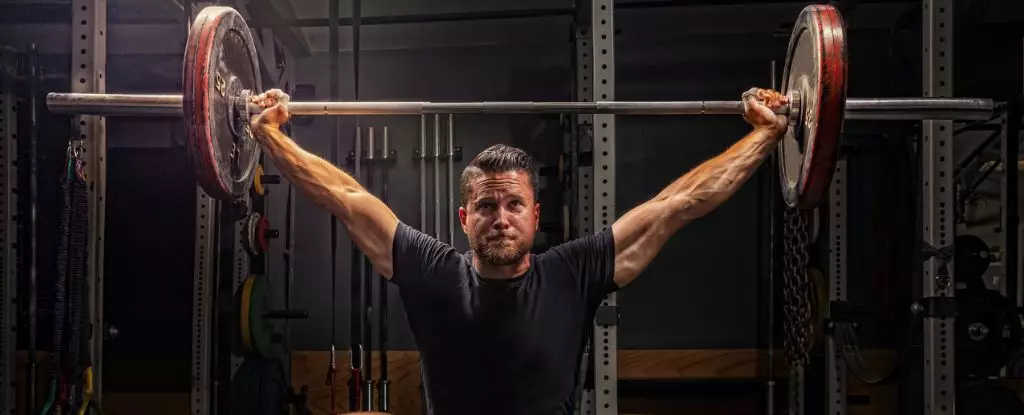The tragic events of 2021 in the bodybuilding community should serve as a wake-up call, shattering the myth that bodybuilders are invincible. With more than two dozen professional athletes succumbing to sudden deaths within a year—many in their prime and some as young as 27—the idea that elite athleticism guarantees longevity is being fundamentally challenged. Far from the image of strength and vitality that the sport promotes, these alarming statistics reveal a latent crisis that can no longer be overlooked. It’s time to confront the reality that bodybuilding, particularly at the elite level, may entail risks that are not only substantial but also potentially fatal.
Unveiling the Research Findings
A groundbreaking study, spearheaded by researchers at the University of Padova, meticulously scrutinized a sample size of over 20,000 male bodybuilders over eight years. The outcome was unsettling: an average of 73 sudden deaths, primarily attributed to heart failure. While it’s essential to understand that the absolute risk for bodybuilders remains relatively low, the findings indicate a stark contrast for elite competitors, whose chances of sudden heart failure soared over 14 times that of amateur athletes. This dramatic discrepancy calls for immediate national concern and a reevaluation of the norms that govern competitive bodybuilding.
What stands out from this research is not only the numbers but the underlying trends. Among the casualties, 46 instances of sudden heart failure paint a vivid picture of a problem that goes beyond individual choices and reveals possible systemic issues within the sport. To witness such a substantial percentage of deaths tied to heart issues among elite athletes is not merely an aberration; it is a clarion call for a cultural shift in bodybuilding where health takes precedence over aesthetics.
The Price of Perfection
One cannot ignore the influential factors that exacerbate the precarious nature of bodybuilding. The rigorous training schedules, obsessive diet plans, and rampant use of performance-enhancing drugs contribute to a troubling cycle of short-term glory at the potential cost of long-term health. The cardiovascular ramifications of such extreme practices are vividly illustrated in the comprehensive autopsies referenced in the study. The alarming presence of left ventricle thickening and enlarged hearts among bodybuilders emphasizes the physiological consequences of relentless pursuit of an ideal that is often unattainable and unhealthy.
As bodybuilders strive for supreme physique and competitive edge, they frequently find themselves dabbling in substances and practices that both amplify their risks and diminish their quality of life. The ambition to showcase unparalleled physical prowess should not overshadow the necessity for health. This is a conversation we need to have—not just among athletes but within the broader public health discourse.
Call to Action for the Bodybuilding Community
The findings from this research are not simply alarmist—they demand urgent action from athletes, medical communities, and sports organizations alike. The suggestion made by researchers for implementing systematic availability of automated external defibrillators at competitions is an excellent step toward a more proactive approach in safeguarding the lives of competitors. However, it can’t stop there. Comprehensive health guidelines tailored specifically for bodybuilders need to be established, focusing on awareness and education regarding the potential hazards associated with extreme physical transformation.
There’s a vital need for the bodybuilding fraternity to embrace a more holistic approach to fitness—prioritizing well-being along with the aesthetic goals. After all, the essence of bodybuilding transcends mere muscle mass; it should encompass a lifestyle that honors the body as an intricate, living system rather than a simple canvas for display.
As we assess the hazardous elements surrounding elite bodybuilding, it becomes evident that a paradigm shift is imperative. Strength lies not only in physical prowess but also in astute decision-making surrounding one’s health. The pursuit of excellence must come hand in hand with the understanding and acceptance of inherent risks, advocating for a culture that values longevity and well-being over superficial success. In doing so, we can only hope to reshape the legacy of a sport that has far too often been marred by tragedy and loss.

Leave a Reply